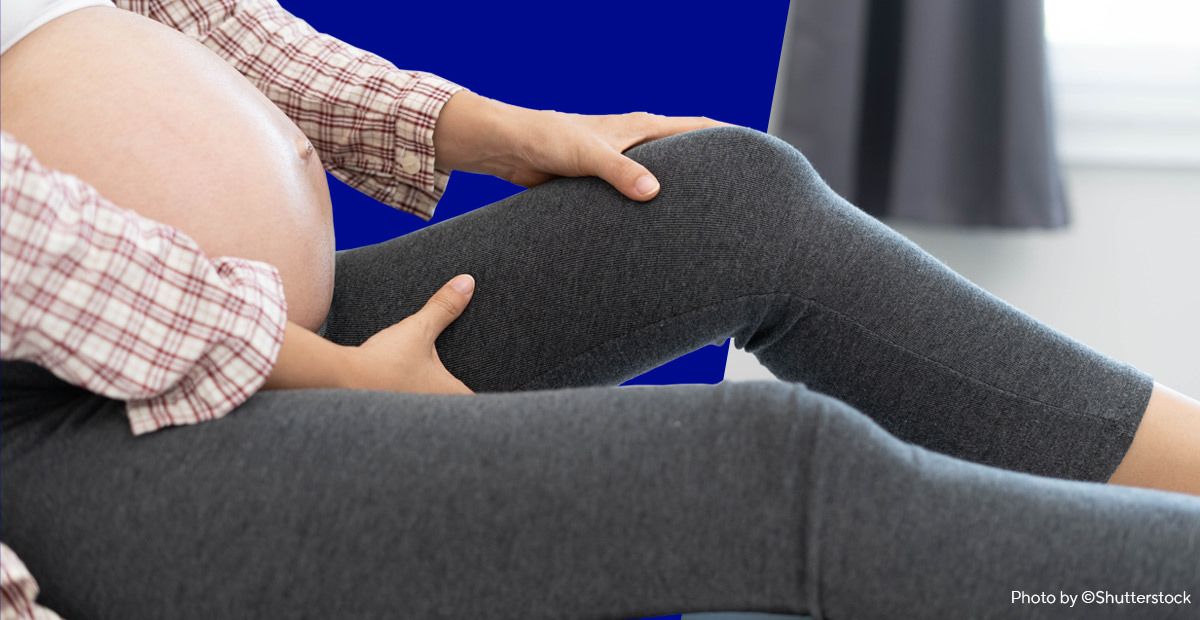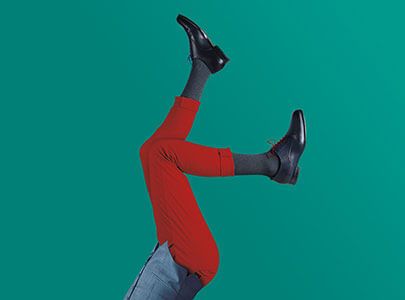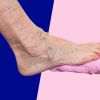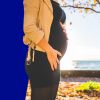Calf cramps during pregnancy

Calf cramps in pregnancy are a relatively common complaint among expectant mothers. They usually appear in the third trimester of pregnancy and vary in severity and annoyance.
Leg cramps in pregnancy may have various causes - from electrolyte disturbances in the body, through pressure on the nerves due to the growing abdomen, to circulatory problems due to the growth of the uterus and its pressure on the blood vessels.
Women who want to get rid of bothersome calf cramps during pregnancy should take care to have a well-balanced diet, as well as regular and simple exercises.
If calf cramps in pregnancy significantly reduce the quality of life and are accompanied by severe pain, it is worth consulting your doctor and starting a diagnosis for thrombosis, because pregnancy is one of the risk factors for its development.
Calf cramps in pregnancy - causes
Calf cramps in pregnancy are a troublesome condition that many mums-to-be have to deal with. Most often they occur at night and thus significantly reduce the quality of life of the expecting woman as well as negatively affect her well-being.
The causes of leg cramps in pregnancy can be varied. They are usually the result of electrolyte imbalance in the body, more specifically a deficiency of calcium, potassium, and magnesium with an excess of phosphorus.
Another common reason for calf cramps during pregnancy is the changes that occur in the woman's body. This is mainly due to weight gain and abdominal expansion.
In the third trimester of pregnancy, the skeletal system of the expectant woman changes - the natural curvature of the spine deepens, which can result in pressure on the uterosacral nerves. This manifests itself in leg cramps as well as in an annoying pain in the spinal area.
A direct cause of calf cramps in pregnancy is also sometimes the pressure of the enlarging uterus on the nerves and blood vessels that run from the legs to the pelvis.
Calf cramps during pregnancy - diet
If calf cramps during pregnancy are caused by electrolyte imbalances, in particular potassium, calcium, and magnesium deficiencies, it is recommended that a well-balanced diet be implemented.
The diet of an expectant woman is very important because it affects not only the well-being of the future mother but also the health of the child. The diet of pregnant women complaining of painful calf cramps should be rich in products with a high content of potassium, calcium, and magnesium.
Valuable sources of potassium are vegetables and fruit, including in particular: apricots (especially dried), melon, avocado, blackcurrants, parsley, lentils, and horseradish.
This element may also be found in nuts, especially almonds, pistachios, and peanuts. Meat products are also rich in potassium, mainly: turkey and chicken breast, veal, beef (sirloin), and mutton.
If you want to supplement calcium deficiency, you should include in your daily diet yellow cheeses, especially Parmesan cheese, which has the highest amount of this mineral among all the cheeses available on the market.
In addition, calcium is contained in cottage cheese and other dairy products, as well as nuts (almonds, pistachios, hazelnuts, and walnuts). Fish (sardines, herring, zander, and hake) are also a valuable source of calcium.
Calf cramps during pregnancy can also be caused by magnesium deficiency, which is found in buckwheat groats, nuts, seafood, cocoa, dark chocolate, dark bread, and fish. In addition, fruits and vegetables, mainly bananas, spinach, white beans, and parsley are rich sources of magnesium.
Leg cramps in pregnancy - exercises
Calf cramps in pregnancy very often occur in women who have too little movement and often stay in one position (e.g., sitting). It is a myth that during pregnancy any physical activity is contraindicated. On the contrary, walks and light exercises are recommended to avoid, for example, painful leg cramps.
A recommended solution is to take advantage of special exercise programs for pregnant women. The purpose of these exercises is, among other things, to prevent leg cramps and back pain.
Such programs are prepared by specialists, so you can implement them without worrying about your own and your baby's health. Avoid prolonged immobilisation during pregnancy. You should get up frequently, walk around the house, change your sitting position, and do relaxing exercises.
Leg cramps in pregnancy and thrombosis
Leg cramps in pregnancy accompanied by pain, swelling, and bruising should not be underestimated because they may be symptoms of thrombosis, which can lead to pulmonary embolism and even loss of life.
This is important because pregnancy is one of the factors in the development of venous thromboembolism. According to data, it increases the probability of thrombosis by as much as 6-7 times. Characteristic symptoms of thrombosis include:
- Pain of moderate-intensity intensifying at night.
- Swelling of legs.
- Leg cramps.
- Fever.
- Skin warming.
- Increased skin tone in the extremities.
To alleviate the symptoms and reduce the risk of thrombosis during pregnancy, the use of compression products is recommended. It is important to use compression garments regularly and systematically, taking care that the product is correctly positioned on the limbs.



















